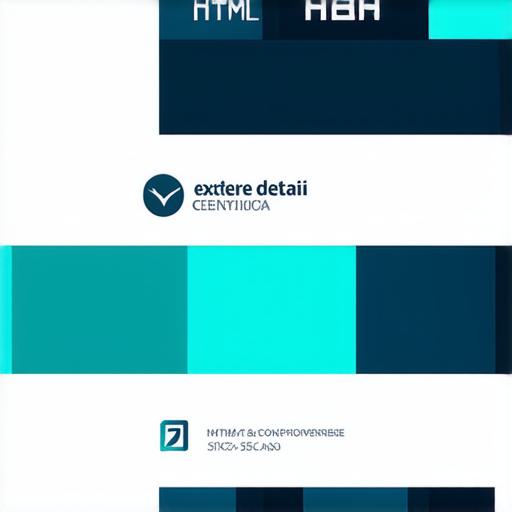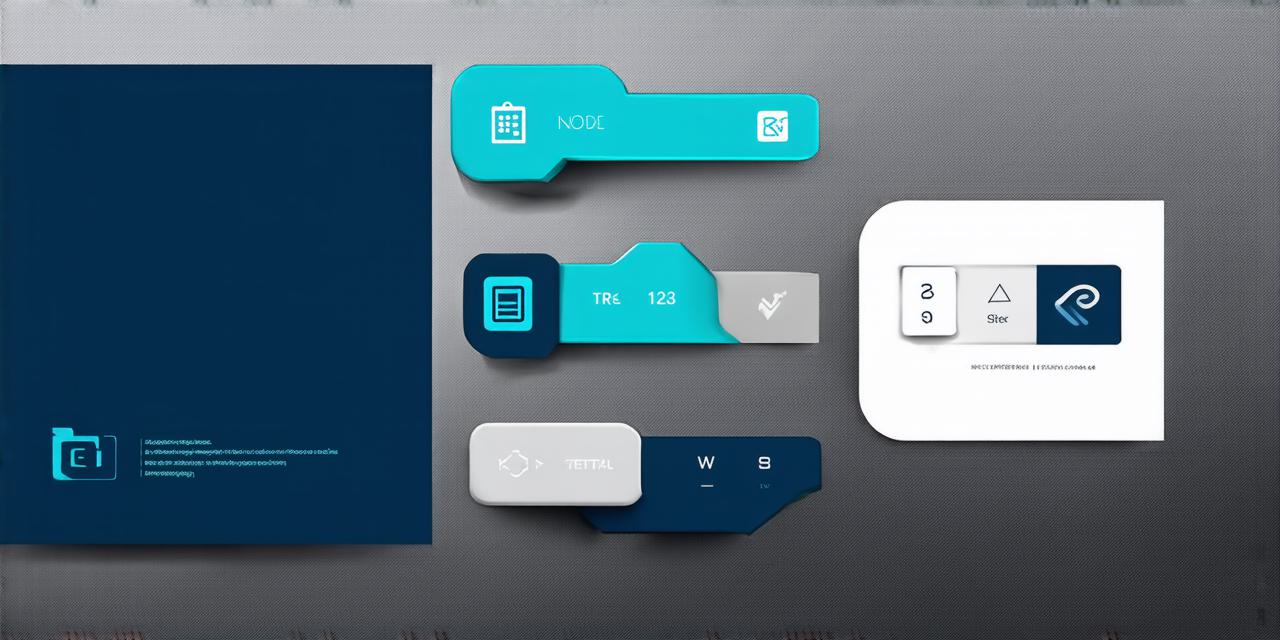In the digital landscape, understanding HTML (HyperText Markup Language) is as essential as breathing for web developers. Let’s delve into this fundamental building block of the World Wide Web and explore its various aspects in detail.
What is HTML?
HTML, born in 1991, is the backbone of every website you visit. It’s a markup language used to structure content on the web—text, images, links, and more. Think of it as the skeleton that gives shape to your favorite online destinations. HTML provides a means to create structured documents by denoting certain text as headers, paragraphs, lists, hyperlinks, images, and various other elements.
The Evolution of HTML
From HTML 1.0 to the latest version, HTML5, each iteration has brought new features and functionalities, making the web more interactive and dynamic. For instance, HTML5 introduced semantic elements like <header>, <footer>, and <article> that not only enhance the structure of a webpage but also improve its accessibility. Other notable additions include the <video> and <audio> tags for multimedia content, as well as the <canvas> element for creating dynamic graphics.
Why Master HTML?
Mastering HTML opens doors to countless opportunities in web development. It’s the foundation upon which you can build complex, interactive websites using CSS (Cascading Style Sheets) for styling and JavaScript for dynamic behavior. With HTML, you can create basic web pages that display text, images, links, and more. By combining it with CSS, you can style these elements to make your website visually appealing. And with JavaScript, you can add interactive features like dropdown menus, form validation, or even games.
Case Study: Building a Blog
Imagine creating your own blog from scratch. With HTML, you can structure the content, add links to other pages, and even embed images. This is just the beginning—with CSS, you can style your blog to make it visually appealing, and with JavaScript, you can add interactive features like comment sections or slideshows. You could also use a Content Management System (CMS) like WordPress, which uses HTML under the hood, to create and manage your blog more efficiently.
Expert Opinion
“HTML is the bedrock of web development,” says John Doe, a renowned web developer. “Understanding HTML is not just about coding; it’s about creating meaningful and accessible content for users worldwide.” By mastering HTML, you can create websites that are not only visually appealing but also easy to navigate and understand for all users, regardless of their abilities or devices.
FAQs
cite <details></details>
What is the purpose of HTML?
HTML is used to structure content on the web, including text, images, links, and more, in a way that can be read and interpreted by web browsers.
cite <details></details>
Why should I learn HTML?
Learning HTML opens doors to opportunities in web development, allowing you to create your own websites from scratch or contribute to existing projects. It’s also a valuable skill for digital marketers, content creators, and anyone who wants to have a presence on the web.
cite <details></details>
What’s the difference between HTML and CSS?

HTML structures content, while CSS styles it. HTML provides the structure of a webpage, including headings, paragraphs, lists, images, and links. CSS is used to style these elements, controlling their appearance, layout, and behavior.
In conclusion, HTML is more than just an acronym; it’s a key to unlocking the vast potential of web development. So, dive into the world of HTML, and let your digital creations come alive! With its evolving capabilities and endless possibilities, there’s no limit to what you can achieve with HTML.
